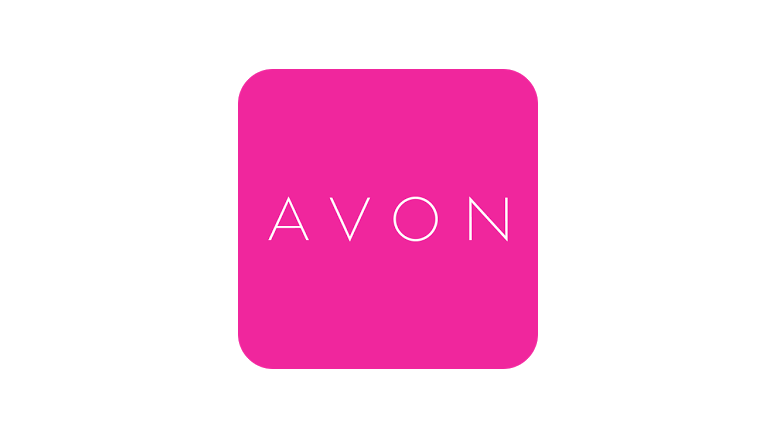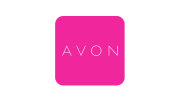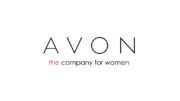Poor tech, compensation, and a late e-commerce epiphany did Avon in at home.
Few American brands have been as much a part of U.S. pop culture as Avon. The “Ding Dong, Avon Calling” tag line from the direct-selling beauty company’s 1950s and 1960s ads became part of the vernacular, and everyone for decades knew someone who was selling its lipstick and mascara for some extra money or even to make a living.
So it was particularly sad news on Thursday that Avon Products —a company that traces its roots to 1886 New York, when a door-to-door bookseller was selling home-made perfumes—was carving out its North American business. Avon is selling 80.1% of that unit to turnaround expert and private equity firm Cerberus for $170 million so it can focus on salvaging its more promising but struggling overseas markets and improve its weakening finances.
Avon CEO Sheri McCoy took the helm in 2012, convinced she could turn things around and adamant that the already faltering U.S. business was key to the company’s identity. She still thinks that. “I do believe it’s fixable,” McCoy told Fortune in an interview on Thursday.
But in her nearly four years on the job, Avon’s North American sales have continued to collapse, falling by more than half between 2007 and 2014 (see graphic below), and the number of sales representatives, commonly called “Avon Ladies,” have shrunk each quarter.





I was an Avon rep for 5 years and “never” made a penny on my sales and even when I quit – I almost had to give away my samples just to dispose of them. You made it very hard for anyone to make money – when we had to buy our books and samples. I can understand why the company is going under